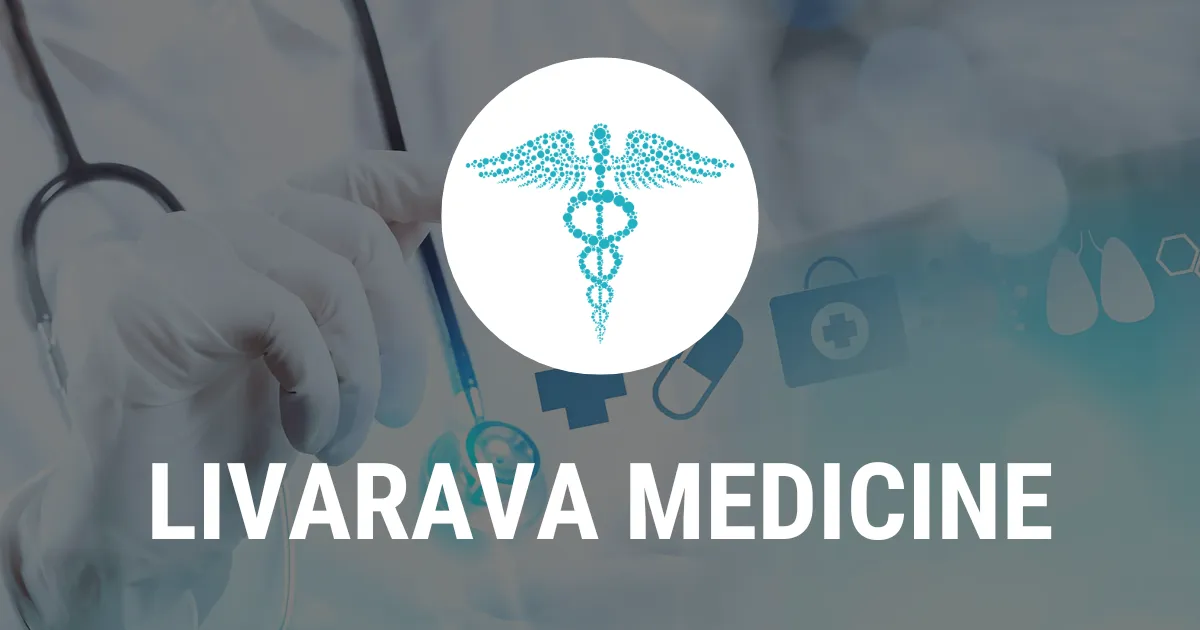Pricy New Cancer Drugs Strain Healthcare Budgets Amid Patient Hope

Transformative Cancer Treatments and Their Cost Implications
Pricy new cancer drugs are reshaping patient outcomes, providing renewed hope for many. Medications such as Opdivo, a checkpoint inhibitor, exemplify this shift, offering patients the potential to combat their cancers more effectively. However, these advancements come with staggering costs, exacerbating existing budget strains in healthcare systems worldwide.
Understanding the Financial Impact
As global spending on oncology medications reaches unprecedented levels, innovative therapies like antibody drug conjugates and radioligands represent both a boon and a burden. For instance, a year’s supply of Opdivo can cost nearly $200,000, highlighting the stark contrast between medical advancements and financial sustainability.
- New drugs are being positioned within the realm of precision medicine, catering to smaller patient populations with specific genetic characteristics.
- The DRUP protocol in the Netherlands showcases a novel approach, matching off-label treatments to genetic profiles to improve access.
- While hope flourishes for patients, the healthcare system grapples with affordability and resource allocation.
Challenges in Accessing Innovative Treatments
- Patients often confront significant hurdles in obtaining novel therapies due to reimbursement restrictions.
- Discussions regarding drug value for money remain complex, with many treatments receiving accelerated approval despite limited evidence.
- Emerging treatments necessitate reevaluation of pricing and reimbursement structures to align with patient outcomes.
This article was prepared using information from open sources in accordance with the principles of Ethical Policy. The editorial team is not responsible for absolute accuracy, as it relies on data from the sources referenced.